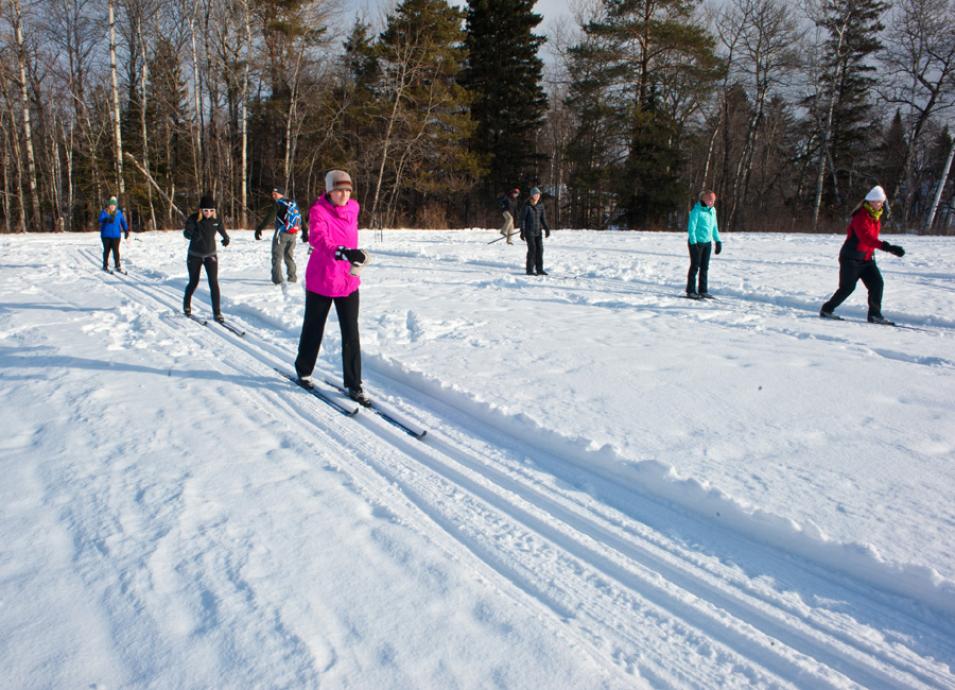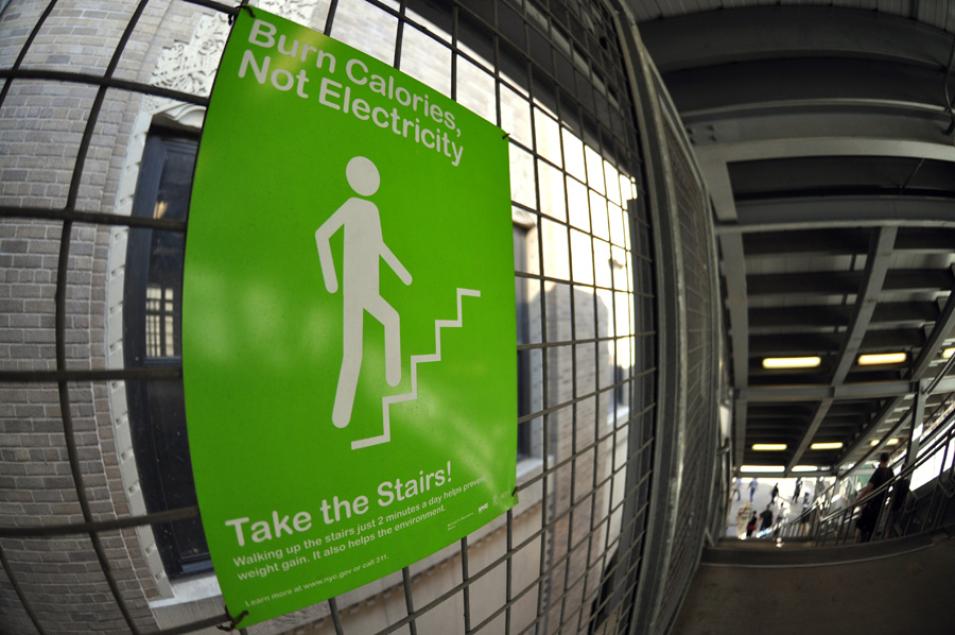Newborn babies have it. Gray squirrels and naked mole rats have it. It is called brown adipose tissue, or brown fat. Unlike white fat, which simply stores calories, brown fat burns energy and produces heat. It helps newborns—who cannot shiver—warm their bodies when they are cold. It also helps small animals avoid hypothermia and survive frigid winters.
Scientists used to think that adult humans do not have brown fat. “As you get bigger your surface-to-volume ratio changes,” said biologist John R. Speakman, a professor at the Chinese Academy of Sciences in China and the University of Aberdeen in Scotland. “So, your need for heat decreases the bigger you become.”
But in 2009, researchers discovered that adult humans have some of it too. Soon after, another study found more brown fat in lean adults than in those who are obese.
The idea that adult humans have fat cells that can burn energy when exposed to cold temperatures fascinated scientists, particularly those in obesity research. Could humans someday just pop a pill to activate this brown fat and lose weight?
“That’s kind of the dream,” said Speakman, who has been studying obesity for 20 years. It could be a dream for the United States, where more than one third of the population is obese and where one in eleven people have obesity-related type 2 diabetes.
“The United States is only ninth in the world for obesity,” Speakman said. “But it’s the biggest country that’s high on the list. Other countries that rank higher are mostly small countries. America is the first country that’s got millions and millions of obese people and therefore it’s a massive health issue.”



